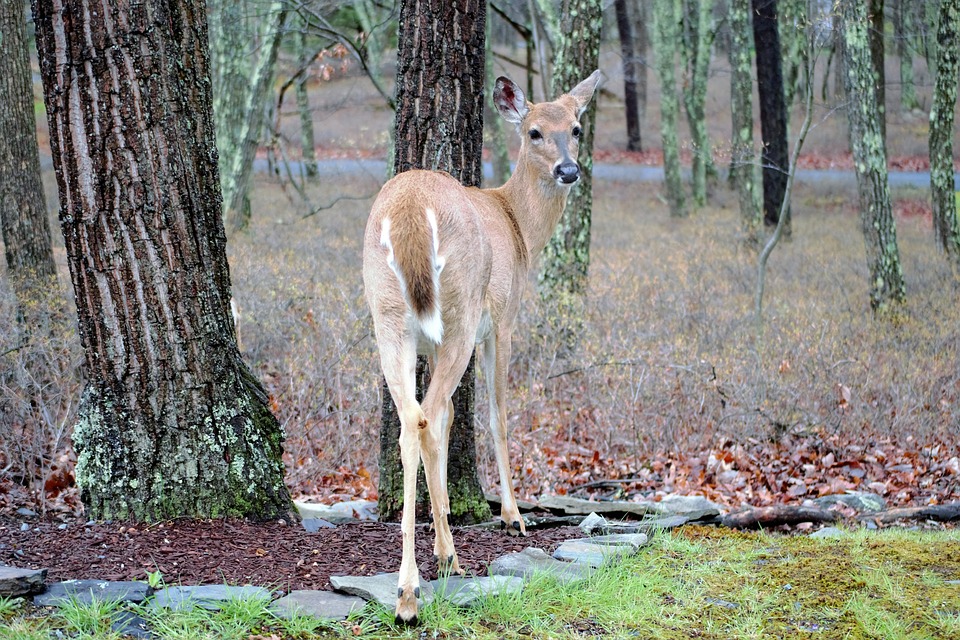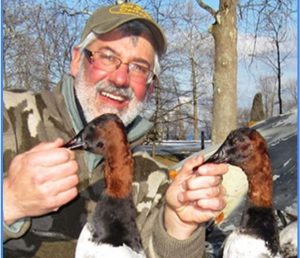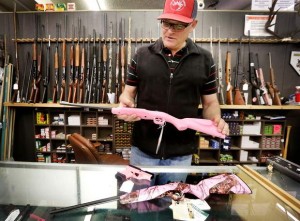After a pair of deer was confirmed to have chronic wasting disease inside a Minnesota breeding facility, the state has now announced that another two deer have tested positive for the disease.
If these deer do in fact test positive for the disease, the statewide total will rise to five positive cases in a state that, aside from one case in 2010, had no signs of chronic wasting disease in its whitetail population. The latest findings have prompted state wildlife officials to consider removing additional deer from the landscape, but wildlife research manager Lou Cornicelli, is patiently awaiting the conclusion of this year’s special hunt.
“We won’t make any final decisions until after Jan. 15 when the special hunt concludes,” said Lou Cornicelli, DNR wildlife research manager. “But with the discovery of an infected deer 5 miles north of Preston and these two new presumptive positive deer, it’s prudent that we increase our original surveillance goal of sampling 900 adult deer.”
Through January 7th, Minnesota hunters killed approximately 575 deer in the state’s 371-square mile disease management zone.
Acting swiftly, the DNR held a series of meetings with landowners, placed a 5-county deer feeding ban and conducted an aerial survey to determine deer density and population estimates of the management area.
“Our best chance at containing the spread of CWD and hopefully eliminating the disease is to take quick and aggressive action,” Cornicelli said. “Asking landowners and hunters to reduce the deer population helps minimize the spread of disease. Fewer deer means less deer-to-deer contact occurs, lowering the risk of sick deer transmitting CWD to healthy deer.”
In addition to issuing 115 landowner shooting permits, officials have asked residents to refrain and remove any food placed for the purpose of attracting deer. The contagious disease is often contracted via nose-to-nose contact or contact with saliva or other bodily fluids.
In addition to deer feed, officials have also ordered all residents who feed other wildlife, such as bird, to ensure that all feeders to a height of six feet or more above ground level, limiting access to deer.
“We recognize that people enjoy feeding wildlife,” Cornicelli said. “Those who do so must place the feed so deer can’t access it.”




